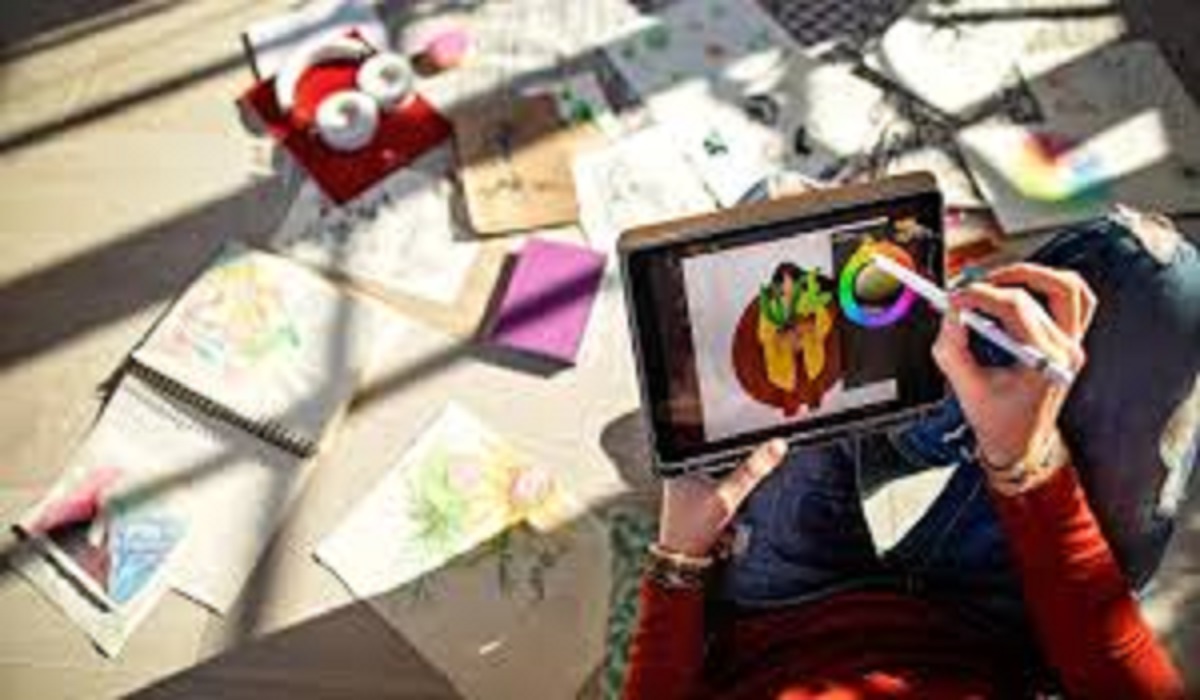Student Access to the Arts for Better Well-Being
Student Access to the Arts for Better Well-Being: In today’s fast-paced, technology-driven world, students face increasing academic pressures, social challenges, and mental health struggles. One powerful yet often overlooked solution is expanding access to the arts—music, visual arts, theater, dance, and creative writing—to enhance emotional, cognitive, and social well-being. Research consistently shows that arts education improves mental health, fosters creativity, and builds resilience.
This blog explores why arts access is crucial for student well-being, the barriers preventing widespread participation, and actionable strategies for schools, policymakers, and communities to integrate the arts into education effectively.
The Link Between Arts and Student Well-Being
Mental Health Benefits
Studies show that engaging in the arts reduces stress, anxiety, and depression in students. Creative expression allows them to process emotions, build confidence, and develop coping mechanisms.
Social and Emotional Development
Collaborative arts activities (like theater or music ensembles) improve teamwork, empathy, and communication skills, helping students form stronger social connections.
Academic Performance Enhancement
Arts education has been linked to higher test scores, improved critical thinking, and better problem-solving abilities, proving that creativity supports overall learning.
Barriers to Arts Access in Education
Funding and Resource Gaps
Many schools, especially in low-income areas, lack funding for arts programs, leading to cuts in music, theater, and visual arts classes.
Underprioritization in Curriculum
With a strong focus on STEM and standardized testing, the arts are often treated as extracurricular rather than essential.
Socioeconomic Disparities
Students from marginalized communities have fewer opportunities to participate in arts programs due to cost, location, and limited school offerings.
Strategies to Expand Arts Access
Integrating Arts into Core Subjects
- STEAM (Science, Technology, Engineering, Arts, Math) initiatives blend creativity with technical learning.
- Project-based learning incorporating art into history, literature, and science lessons.
Community Partnerships & After-School Programs
- Local artists, museums, and theaters can provide workshops, mentorships, and free classes.
- After-school arts clubs ensure access beyond school hours.
Digital Arts Education & Online Resources
- Free platforms like Khan Academy, Google Arts & Culture, and YouTube tutorials make arts learning accessible.
- Virtual reality (VR) and digital art tools offer innovative ways to engage students.
Success Stories: Schools & Programs Making a Difference
Case Study 1: A Public School’s Arts Revival
A struggling urban school introduced daily music and drama classes, leading to a 30% drop in behavioral issues and improved attendance.
Case Study 2: Nonprofits Bridging the Gap
Organizations like The Arts Education Partnership provide grants and training to underfunded schools, ensuring equitable access.
Policy Recommendations for Sustainable Arts Education
Government & School District Initiatives
- Mandate arts education in K-12 curricula.
- Increase federal and state funding for arts programs.
Advocacy for Arts Funding
- Parents and educators should lobby for policy changes and support arts nonprofits.
FAQs on Arts Access and Student Well-Being
1. How do the arts improve mental health in students?
Creative expression helps students manage stress, build self-esteem, and process emotions, reducing anxiety and depression.
2. Why are arts programs often cut in schools?
Due to budget constraints and a focus on STEM/testing, arts are seen as “non-essential,” despite their benefits.
3. How can low-income schools provide arts education?
Through grants, community partnerships, and digital resources, schools can offer affordable arts opportunities.
4. Can online arts education be effective?
Yes! Platforms like Khan Academy and virtual museum tours provide accessible arts learning.
5. What can parents do to support arts access?
Advocate for school arts funding, enroll kids in community programs, and encourage creative activities at home.
Conclusion
Expanding student access to the arts is not a luxury—it’s a necessity for fostering well-being, creativity, and academic success. By addressing funding gaps, integrating arts into curricula, and leveraging community resources, we can ensure every student benefits from the transformative power of the arts.
